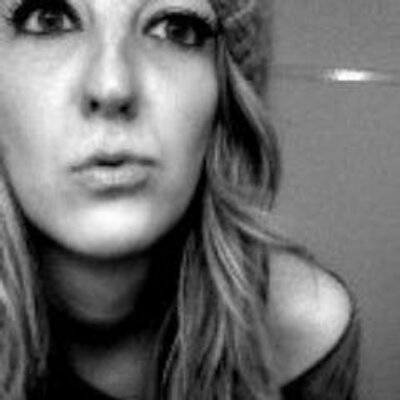- Jane Austen - Pride and Prejudice (1813): Men in 19th Century fiction were either predators or respectable husband material. Austen changed this and fused the two types into one with Mr Darcy. Darcy is a man of great social standing and women are drawn to him, but he has a rudeness that brings out a battle of the wits between him and Elizabeth Bennett. Elizabeth manages to save him from himself and, in doing so, make him a suitable husband. For Austen, love was a force for change, one to be realised in marriage.
- Emily Brontë - Wuthering Heights (1847): Heathcliff is a lover out of control whose passion for Cathy overshadows them both and, unlike Darcy, cannot be tamed. Passion in Wuthering Heights is not the expected pleasure, it's beyond that, and far from a romantic love. When Cathy dies, he's the lover left behind, and it's his love for her that destroys him.
- Thomas Hardy - Tess of the d'Urbervilles (1891): Tess as a character compels attention; she is attractive to all the men who meet her, bur falls for Angel Clare at a May dance. Sadly for them, love is not enough - timing and good fortune also needs to be on side. Her boss, Alec d'Urberville, also finds her appeal and steals his chance with her in an act that's not certain whether it's rape or acquiescence from Tess, but because of this when she gets a second chance with Angel, he will not accept her in this challenged state. The division of love and sex is a tragedy for Tess.
- D. H. Lawrence - Lady Chatterley's Lover (1928): For Mellors and Connie, the timing is right for them, unlike with Tess and Angel, and the affair is the making of Connie. Before this book, "true love" and "just sex" were opposites, but LCL puts forward that sex can open the doors for love - a radical thought at the time the book was published.
- Grahame Greene - The End of the Affair (1951): Time isn't on Bendrix's side with the Blitz, so the end of the affair is present from the very beginning - it's a love that has gone sour from someone who can't enjoy the moment and thrives on complication. The Lover in this instance looks at the other side to love - it's the bitterness, suspicion and jealousy that can come out of it.
- Doris Lessing - The Golden Notebook (1962): Anna Wulf sees marriage as the killer of love, yet she lets herself be defined by her relationships showing a contradiction of character when it comes to love. For her the idea if one perfect man is too much of a fairy tale, which spurs her to often deliberately pick the wrong man because he is wrong. Lessing shows love doesn't necessarily transform a character for the better, that love can be an affliction instead and characters, like Anna, can be imprisoned by their own neuroses.
- Allan Hollinghurst - The Line of Beauty (2004): The protagonist Nick knows about love from crushes and books, but not by being in love himself. He realises that the only unconditional love is loving the world and appreciating its beauty.
Who do you think is the most romantic character in fiction?






I keep trying to convince my friend to watch the BBC Adaptation of P&P but she refuses to - she thinks it's boring. :( I might actually have to disown her lol.
ReplyDeleteThere is something about Lizzie and Darcy - the fact that they get together in the end, the fact that it starts out with them really not liking each other and somehow find this love growing between them.
Loved Wuthering Heights, never known a character to inspire so many contrasting emotions in me, and in a similar vein don't forget Jane Eyre!
ReplyDelete